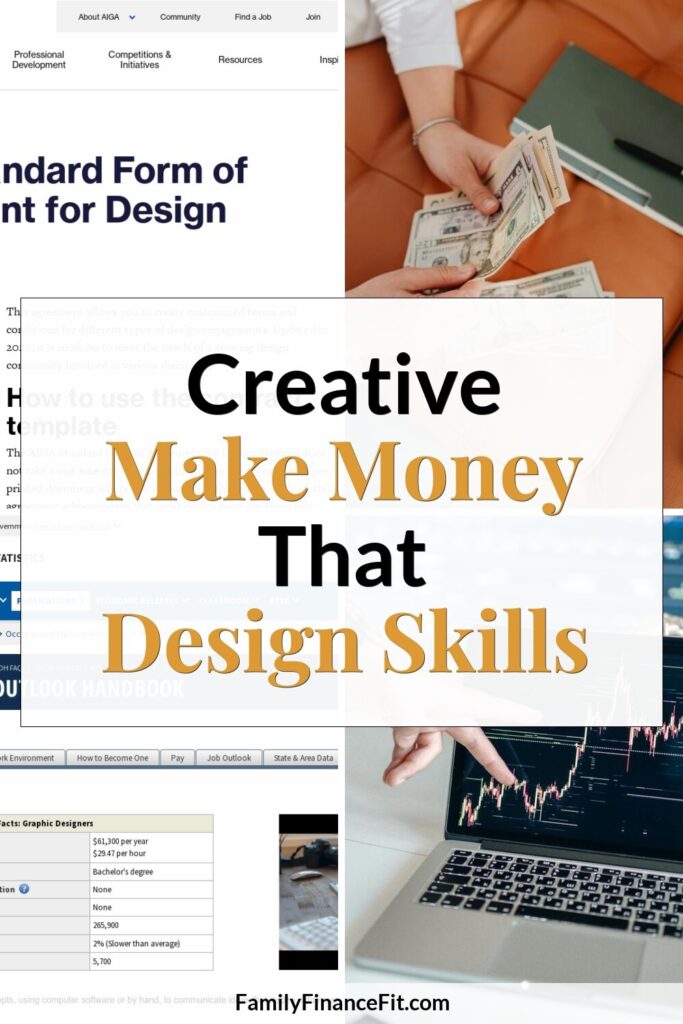
I built my freedom on a flexible side project that grew into a full online business. You can do the same with design. The goal is balance. Earn well, keep your creative spark, and still enjoy the small joys that make life good. Here is how to turn your skills into steady money without burning out.
See where the money is in design right now
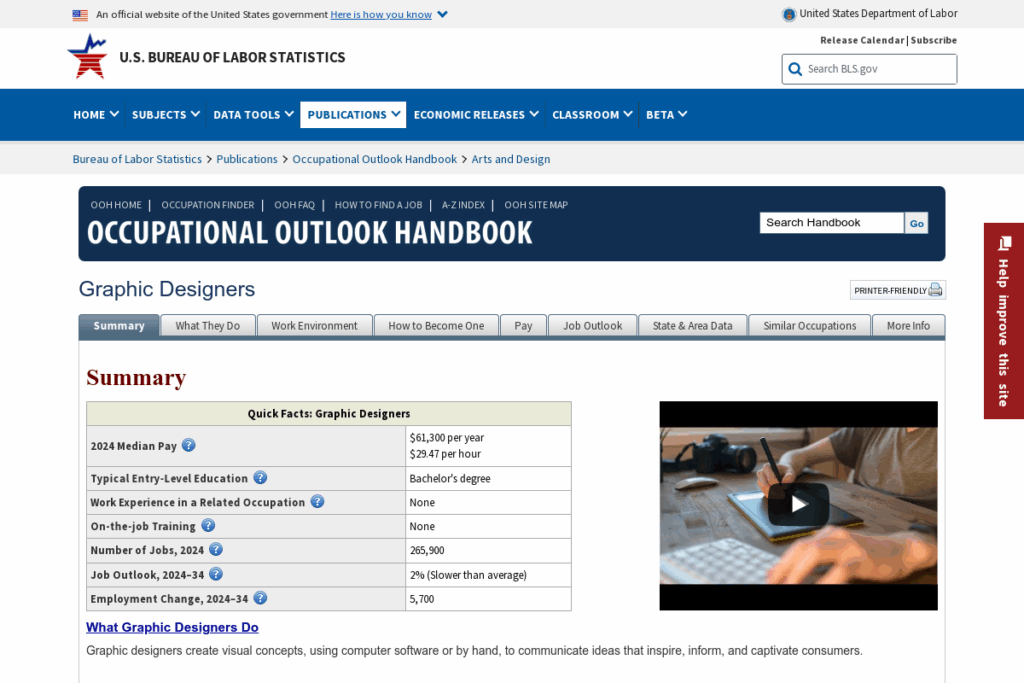
First, aim your effort where demand is healthy. Marketplaces show what clients actually buy. In the latest skills snapshot from Upwork, design and creative work like graphic design, video editing, brand identity, and presentation design all rank among top requests, while product and industrial design and video production also make the list. You can scan the category breakdown to match your strengths with paid demand inside the platform’s research update from Upwork’s in demand skills.
Wages data helps you set expectations. The Occupational Outlook Handbook shows a median pay of 61,300 dollars for graphic designers in May 2024, with steady openings driven by replacement needs and growing digital work. That same source notes a modest growth rate overall, which is your signal to niche down and build proof of results to stand out. Read the quick facts and projections on the BLS graphic designers page.
If you are thinking beyond a quick win and want options that can compound, explore a pipeline of ideas you can revisit as your skills grow, like the long term angles in this guide to business ideas built to last.

Build a portfolio that sells for you
Your portfolio is a sales asset. Keep it simple, mobile friendly, and focused on outcomes. A clean selection of three to six stellar projects beats a long list. For structure, use short case studies that state the problem, what you did, and the result. Dribbble’s team shares practical do and do not guidance on curation and clarity in their piece on portfolio dos and donts.
Next, make discoverability part of your process. Use clear titles, a sharp cover image, and targeted keywords. Behance highlights that regular updates and thoughtful presentation help your work reach the right eyes, with tips collected in their roundup on making your portfolio stand out this year. Keep each project concise. Two or three short paragraphs, a few well chosen visuals, and a plain contact path is enough.
Finally, close with proof. Add a short testimonial or a single metric. Average order value up, sign ups up, or support tickets down. That one line of evidence earns attention and gives you leverage in pricing conversations later.
Find clients and price for profit
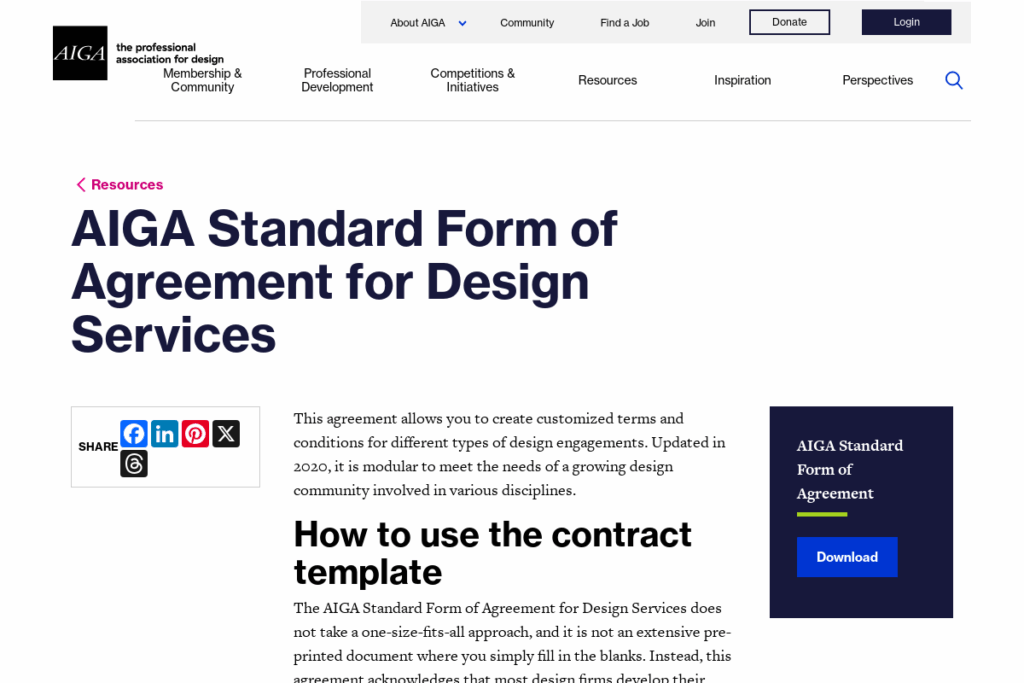
Start with clarity on your minimum viable rate. Estimate your monthly living costs, business tools, and taxes, then divide by realistic billable hours. Package common jobs so clients buy outcomes not time. For larger scopes, present a good, better, best option and include a simple revision policy.
Use a basic agreement on every project so terms and intellectual property are clear. The design community standard is the AIGA Standard Form of Agreement, which you can adapt to your studio. For recurring work, consider retainers. Data on creator businesses shows that top earners lean on ongoing clients, with retainers providing meaningful annual revenue and stability, a point covered in this Forbes analysis of creative retainers.
Work backward from income goals. If you want to reach a strong monthly target, map the mix of retainers, projects, and product sales that gets you there. This quick plan pairs well with the strategies in how to reach 5000 a month, then adjust as your pipeline matures.
Sell templates and assets for income that compounds
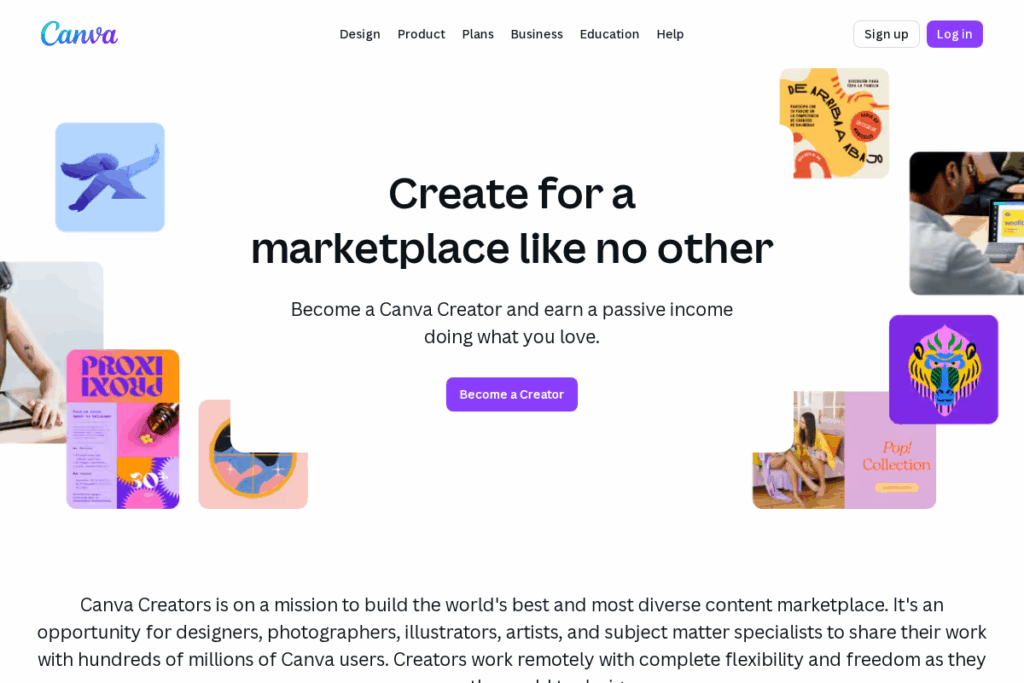
Templates and digital assets let your best ideas earn more than once. If you enjoy layout, systems, or repeatable visuals, start here. The Canva Creators program pays royalties when users apply your templates or elements, and explains how to apply and publish inside Canva Creators. It is a smart track if you like building patterns, presentations, social packs, or small brand kits.
For premium graphics, fonts, themes, and photo packs, Creative Market remains a strong marketplace. Review what reviewers look for and how to apply in Open a Shop on Creative Market, then study their shop owner and upload guidelines to reduce rejections and refunds. Start with one focused product line and add variations over time. Small wins stack, especially when you maintain quality, accurate licensing, and fast customer support.
You can also funnel audience from content. A simple blog or newsletter that teaches what you design can attract buyers and collaborators. If you enjoy publishing, see the breakdown of how lifestyle blogs earn and borrow the parts that fit your brand.
Protect your work and run lean operations
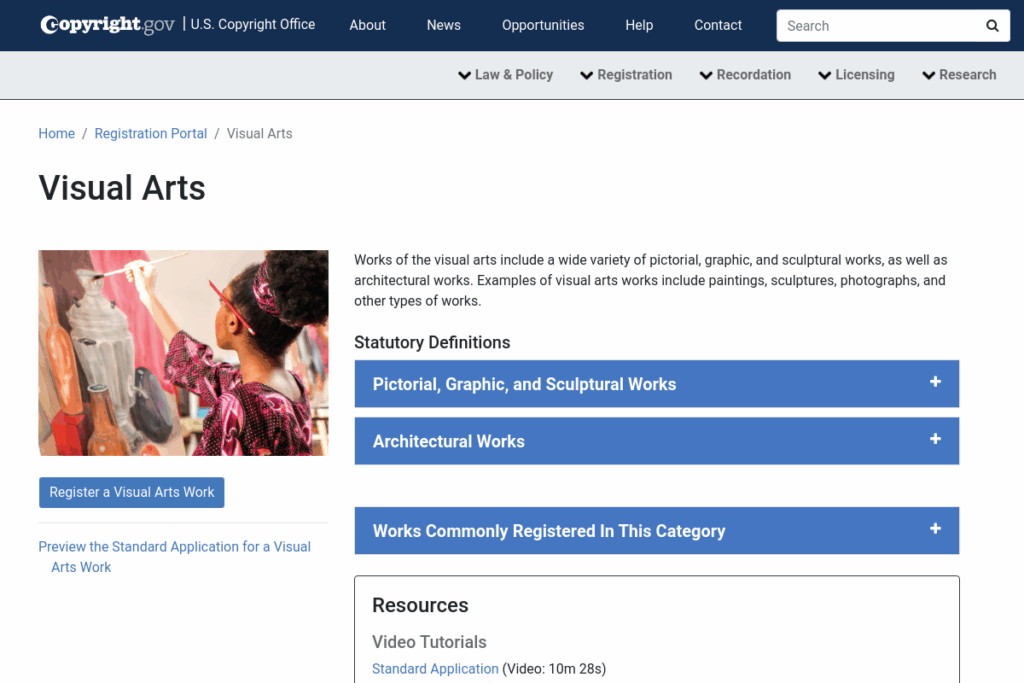
Two foundations make your business sturdy. First, handle taxes on time. In the United States, freelancers report net earnings and figure self employment taxes with Schedule SE. The IRS page for Schedule SE Self Employment Tax links directly to the current form and instructions. Set aside money from every payment and consider quarterly estimates if you expect to owe. A simple bookkeeping habit beats year end stress.
Second, protect your intellectual property. You own copyright the moment you create original work, but registration strengthens enforcement and enables statutory remedies. The U.S. Copyright Office explains eligible visual art and how to register on the Visual Arts registration page. For added provenance, consider attaching Content Credentials within your creative tools to show edits and authorship to clients and platforms.
Keep admin light. Use one invoice tool, one file system, and a short checklist for every project handoff. A simple stack helps you maintain balance while your paid work and product revenue grow.
When you build around flexibility and proof of value, design becomes a dependable income engine. Start small, stay consistent, and let your best work compound over time. Your creative side hustle can become the freedom you are aiming for.

